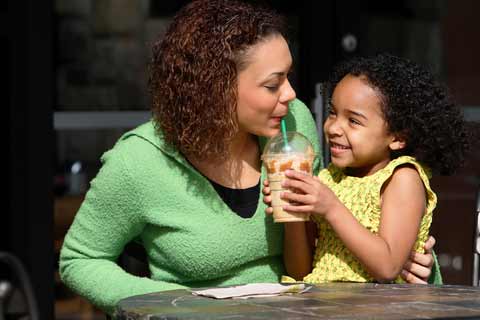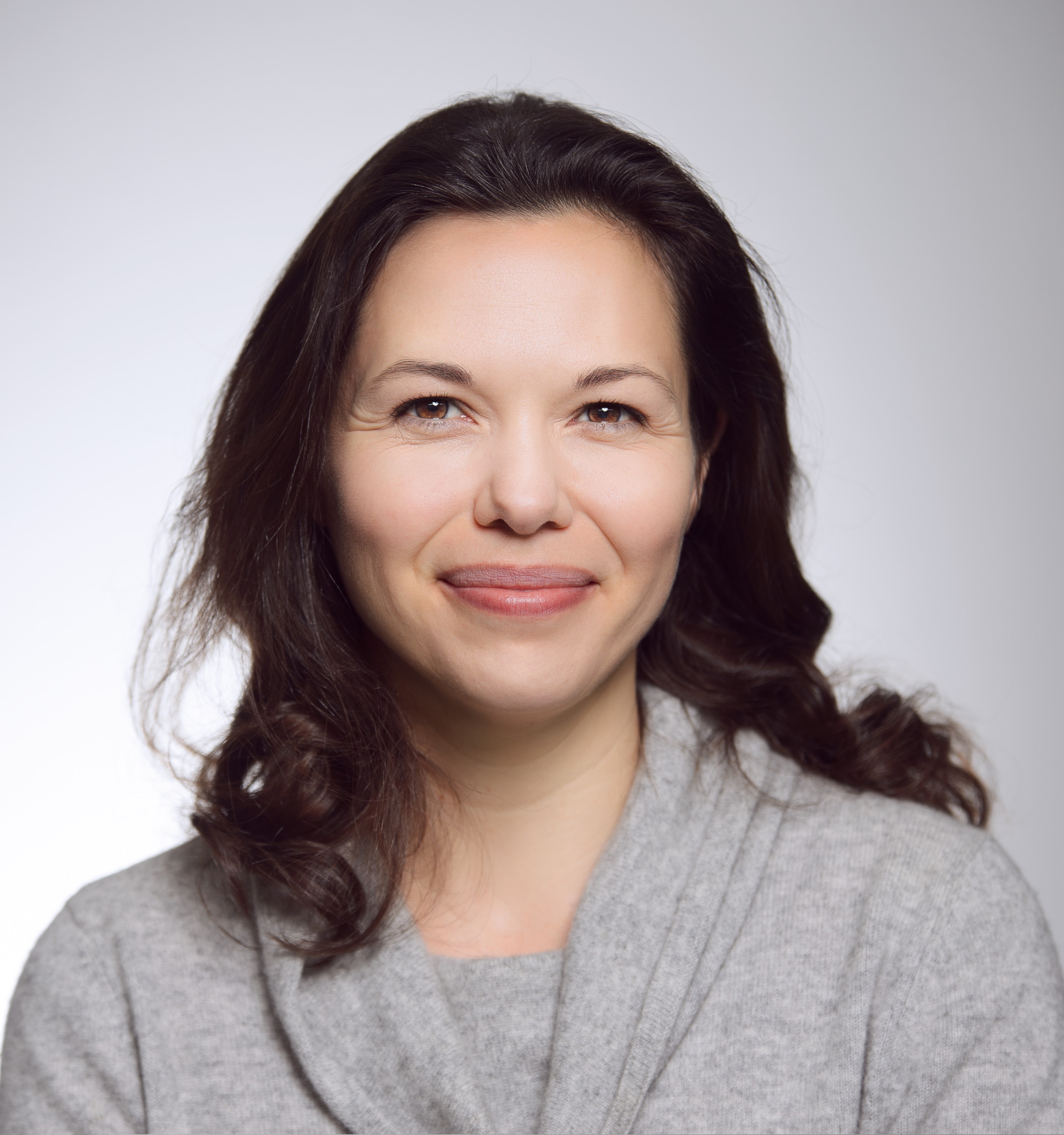Surprising Truth About Heredity and Moms

Every baby gets half his or her genes from Mom and half from Dad. But it is primarily mothers who shape how many of those genes are first expressed. Genes pack the code of life, determining much about who we are and how our bodies work. But how genes express themselves — what they actually do or don't do in each individual — affects everything from looks to agility to whether one gets a deadly disease. And a mother's influence can begin long before she is pregnant — or even fertile. Studies are starting to associate mothers' early childhood nutrition, toxin exposure and other experiences to the well-being of future offspring. Start early For example, consider a recent finding by Larry Feig and colleagues at Tufts University. It has long been known that mental capacity can be improved by exposure to an enriched environment. (In a lab mouse's case, basically anything better than a bare-bones cage will do.) Feig followed mice that experienced such "education" in their youth as they grew up and then mated in conventionally boring surroundings. The next generation inherited the mother's smarts without ever experiencing a decked-out cage themselves. The inheritance was what scientists call epigenetic in nature and not a result of better postnatal nurturing: The pups of a wise mother were more intelligent even when raised from birth by a non-enriched mother. And the education of daddy mice, in this case, had no effect. Very first home After fertilization, the mother's egg provides the environment in which parental genes first start working. In addition to the mother's mitochondria (the powerhouse of cells), we inherit the cell cytoplasm of our mothers, which influences how the nuclear DNA is expressed, via epigenetic processes such as methylation, said David Bjorklund of Florida Atlantic University. The maternal environment extends from the egg to the placenta after conception. Nutrition and other stimulatory cues, such as hormones, sound and movement, which are mediated by the placenta, provide guidance to the developing fetus on how to prepare for the outside world. A colorful example is a classic finding by Ralph Tollrian at Ludwig-Maximilians University in Munich. If a pregnant water flea senses a nearby predator, she experiences a surge in stress hormones and defensive helmet-like growths sprout over her neck and tail. Her offspring are also born with the enlarged helmets, which are metabolically costly, even if the threat has long passed. Similarly, human babies in utero during stressful occurrences, such as Sept. 11, may be at a greater risk for anxiety disorders, researchers are finding. Very first relationship The juvenile stage of humans is among the most prolonged and demanding of the animal kingdom. The early helplessness of offspring may explain the evolution of fidelity and community living — as childcare is too taxing for one person in isolation, Bjorklund said. However, even in our fairly egalitarian society, Bjorklund said, "the first social and emotional relationship of newborns still tends to be with their mothers." The relationship serves as the foundation of how we relate with siblings, extended family members and loved ones later on, he said. But the foundation is set in sand, not stone. Researchers have found that some epigenetic changes during this period of development are reversible. Damage or benefits resulting from early care can be undone by experiences later on, Bjorklund said. "I think very highly of mothers," Bjorklund said. "They teach us how to be social and how to relate to others … And for a [social] species like us, that is the most important thing."
- Video – A Mother's Touch
- Top 10 Mysterious Diseases
- Nutrition Quiz
Get the world’s most fascinating discoveries delivered straight to your inbox.
Robin Nixon is a former staff writer for Live Science. Robin graduated from Columbia University with a BA in Neuroscience and Behavior and pursued a PhD in Neural Science from New York University before shifting gears to travel and write. She worked in Indonesia, Cambodia, Jordan, Iraq and Sudan, for companies doing development work before returning to the U.S. and taking journalism classes at Harvard. She worked as a health and science journalist covering breakthroughs in neuroscience, medicine, and psychology for the lay public, and is the author of "Allergy-Free Kids; The Science-based Approach To Preventing Food Allergies," (Harper Collins, 2017). She will attend the Yale Writer’s Workshop in summer 2023.



